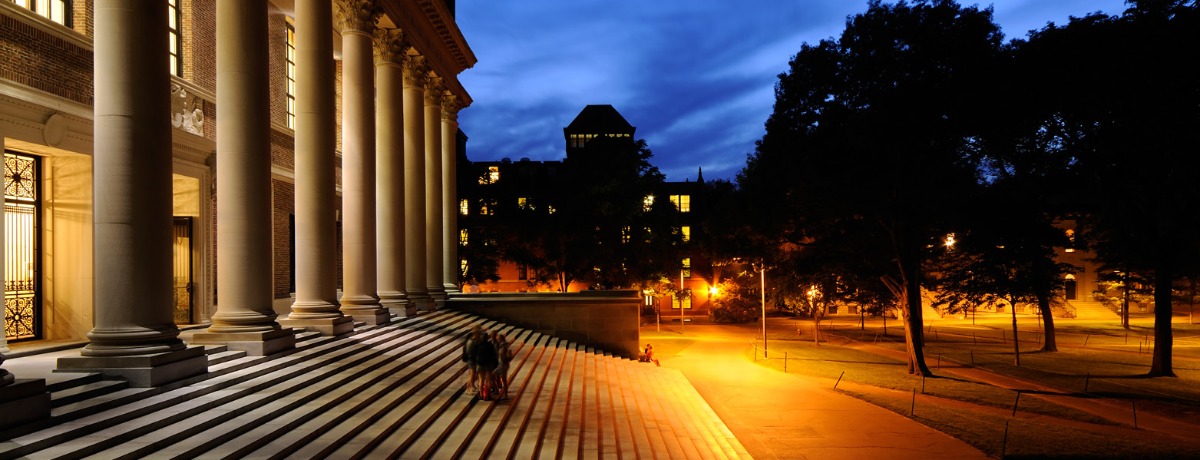A high-stakes bench trial ended in Boston Nov. 2, concerning (some say) the future of affirmative action in university admissions. Four years after it was filed in November 2014, Students for Fair Admissions v. Harvard University ended in a three-week trial and shed a very public light on the admissions process at Harvard—an intricate one heretofore kept secret from applicants, parents, and high school admissions counselors. Harvard, established in 1636 and the nation’s oldest institution of higher learning, currently admits about 1600 students from a pool of just under 43,000 applicants (42,749 this year), or just 5 percent of applicants.
The Plaintiff, Students for Fair Admissions (“SFFA”), is headed by a prominent white anti-affirmative action activist, Edward Blum, a well-known opponent of the use of racial preferences in college admissions. SFFA claims that an Asian-American male applicant to Harvard has a 25 percent chance of admission but would have a 35 percent chance of admission if white; a 75 percent chance of admission if Hispanic; and a 95 percent chance of admission if black. In its 120-page complaint, SFFA claims the Harvard admissions process, which factors in race, significantly disadvantages Asian-Americans compared with other groups, thereby penalizing them because of their race.
Harvard views the suit as an effort to undermine the right of colleges to consider race as a legitimate admissions factor, and points out that the population of Asian students is growing, and stands at 23 percent of the student body. Blum contends that Asian-Americans have the lowest admissions rate among any race.
The implications of this case are significant. It could influence the use of race in college admissions nationwide, and could affect the future of black applicants.
Implications and Intentions
“The future of affirmative action is not on trial,” Adam Mortara, the plaintiff’s lead counsel, said at trial. Plaintiff’s attorneys pointed to statistical analyses which suggested Harvard assigns Asian-American applicants significantly lower ratings for subjective personal qualifications, including compassion and leadership. Mortara added, “what we’re saying is that Asian-Americans do better than white applicants on every single objective rating, outside of the subjective personal rating.”
SFFA contends Harvard fails to strictly adhere to a Supreme Court mandate to consider race-neutral alternatives for admitting a diverse class. SFFA claims Harvard uses academic ratings, athletic ability, extra-curricular involvement, and personal rating. Each applicant is assigned a score for each characteristic, including the personal rating. The measures for all characteristics are objective, they argue, except for personal rating. In every objective category, Asian-Americans score higher than white applicants—and worse than both African-Americans and Latinos in personal ratings. Further, SSF argues that Harvard gives substantial incentives to white applicants via recruited athletes (approximately 80 percent of whom are admitted), and legacies, students whose close relatives attended Harvard.
Harvard says it takes a “holistic” approach to admissions and contends it should be entitled to assemble a diverse student body.
The case strikes at the heart of the discretion other courts have given universities to assemble the student population that each campus determines best fits its desired profile. Harvard says that the suit threatens “the ability of colleges and universities across the country to create the diverse communities essential to their educational missions and the success of their students,” and that practicing race-conscious admissions is crucial to ensuring its students are exposed to a rich range of viewpoints. Harvard’s counsel, William F. Lee, emphasized in an opening statement that “Harvard never considers an applicant’s race in the negative. If it considers race, it’s always considered in the positive.”
These positive feelings were not always shared by onlookers. The day prior to the trial, there were demonstrations in Boston. One demonstrator’s sign said, “I AM ASIANAMERICAN. I HAVE A DREAM TOO.” Another sign said, “DISCRIMINATION IN THE NAME OF DIVERSITY IS WRONG.”
Affirmative Action on Trial
The last time the Supreme Court ruled on affirmative action was in 2016, in Fisher v. University of Texas, when the court upheld a race-conscious policy at the University of Texas. But the swing vote in that decision was Justice Anthony M. Kennedy, who has since retired.
The question for decision by Judge Allison D. Burroughs, an Obama appointee and herself a graduate of elite schools (Middlebury College and the University of Pennsylvania Law School), is whether Harvard has gone beyond what the Supreme Court has held are permissible ways to consider race in admissions. One amicus brief filed by sixteen elite universities, including the other Ivy League schools, stated if they were “required to adopt race-neutral admissions policies” they “would no longer be able to effectively pursue the attainment of the type of diversity that advances their educational missions.”
While it is possible the Court could resolve the question of whether Harvard discriminates against Asian-Americans in admissions without ending the consideration of race as a factor in evaluating black or Latino applicants, the case has been tried in the context of increasing uncertainty about the future of affirmative action. The Trump Administration signaled its preference for race-blind admission policies when, this past July, it rescinded Obama Administration guidance that encouraged schools to use race-conscious affirmative action. Regardless Judge Burroughs’s ruling, which she says may not come until February, 2019, both sides are expected to appeal.
If it reaches the Supreme Court, the Court’s new 5-4 majority, with the more conservative new Justice, Kavanaugh, than the Justice for whom he clerked, Kennedy, could hold that the use of race-consciousness in any admissions decision is constitutionally impermissible. That would be a gamechanger.
-----------
John D. Saxon is an employment and civil rights attorney in Birmingham, and twice received the Best Lawyers "Lawyer of the Year" award in those fields.
















